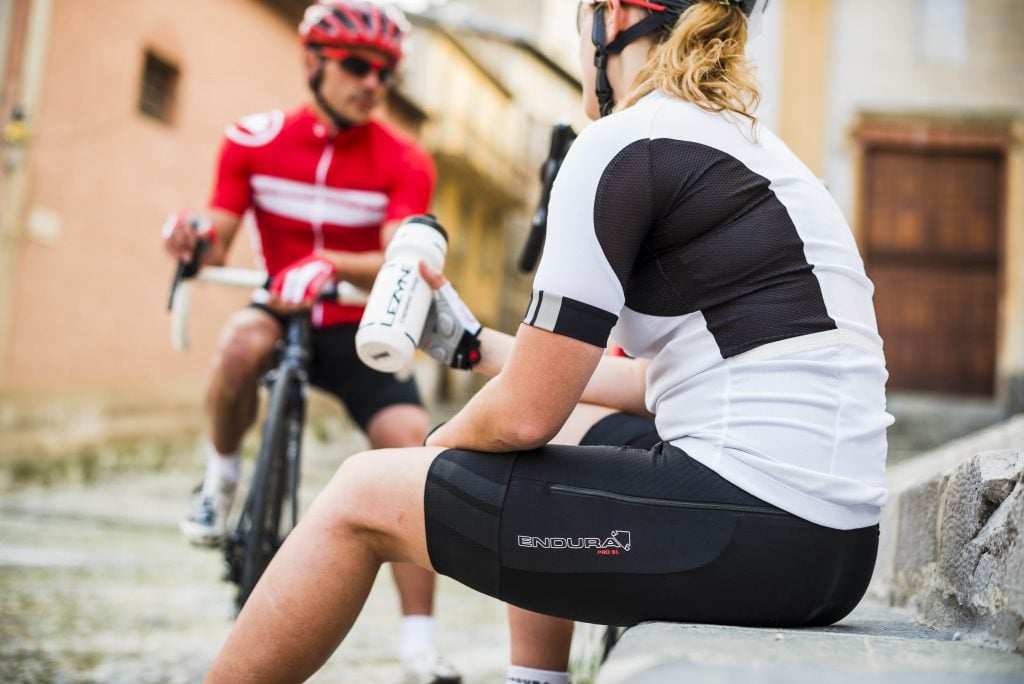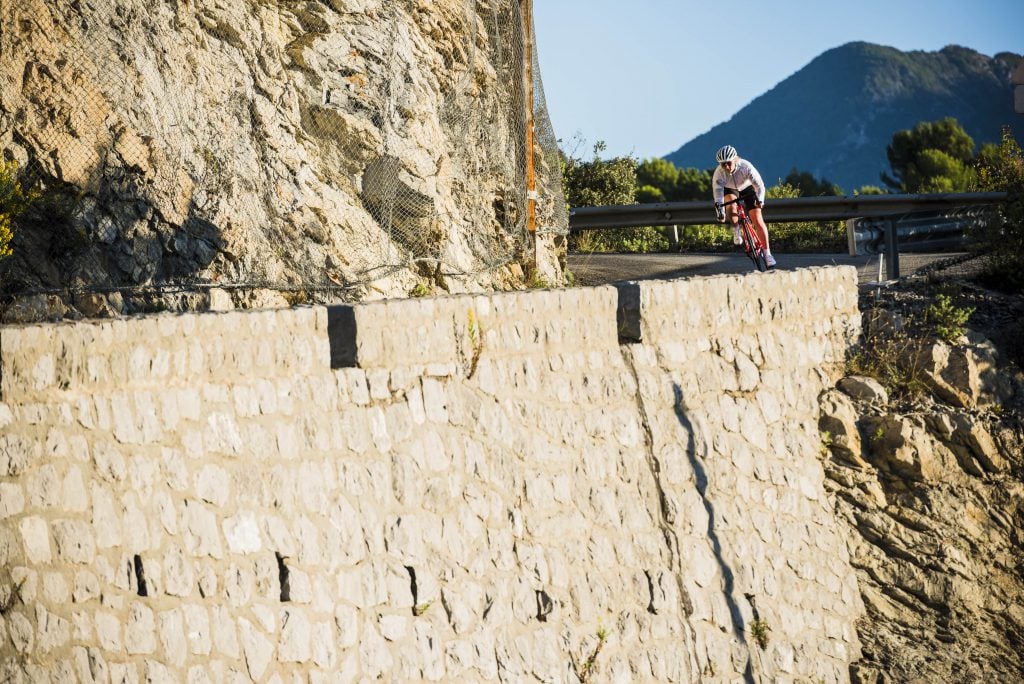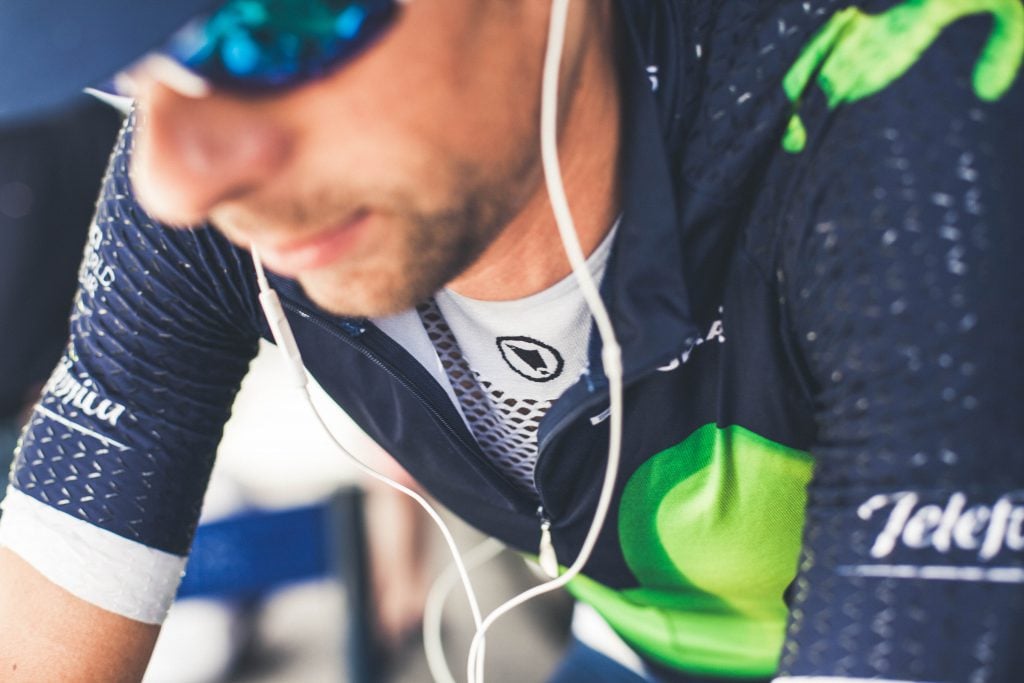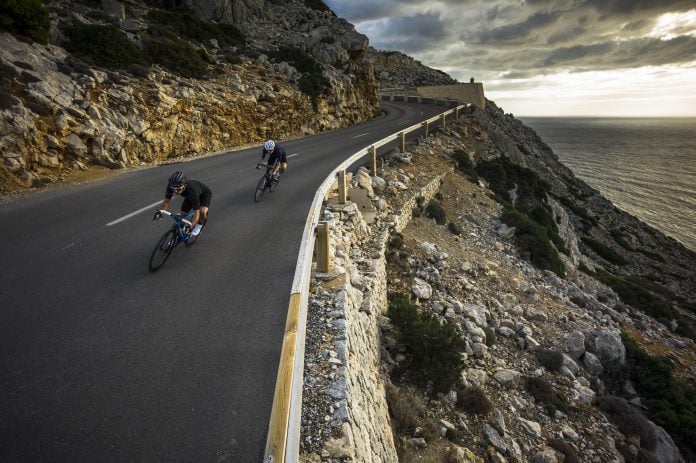Ever since power was introduced nearly 30 years ago by SRM they’ve completely shaped and changed the cycling world. As they become more accessible to the regular cyclist, a varied set of training software platforms can analyze and advise your data to give you a very high level insight to your body. To be blunt, a power meter is the single most effective training tool in cycling.
 Gains won’t happen overnight but overtime you can begin to track your progress and through consistency and commitment you’ll be able to begin to see the gains. There’s a lot more to riding with power than seeing just how much you can put out, it will influence your session choices and the quality you can get out of your workouts.
Gains won’t happen overnight but overtime you can begin to track your progress and through consistency and commitment you’ll be able to begin to see the gains. There’s a lot more to riding with power than seeing just how much you can put out, it will influence your session choices and the quality you can get out of your workouts.
— WHY YOU SHOULD TRAIN WITH POWER —
What Does It Do?
Power meters take away any guessing that you might have. Bad weather, slow gear, drafting, hills or any other excuses you may have, there’s no hiding from the power meter. They can tell you exactly how much effort you’re putting out and how well your riding. Mix this with just how tired it’s making you and over time you can transform your athletic ability. With this data you can tell just how fatigued you are and exactly when you should probably hang up your boots!
 Essentially it makes output quantifiable. You can put numbers on stuff. If you’re on Strava you’ll know who worked the hardest over a segment, rather than who was fastest. This will give you an idea of weather conditions. You can compare two efforts such as a 10 mile time trial on completely different courses to see which was actually the best, rather than just the fastest.
Essentially it makes output quantifiable. You can put numbers on stuff. If you’re on Strava you’ll know who worked the hardest over a segment, rather than who was fastest. This will give you an idea of weather conditions. You can compare two efforts such as a 10 mile time trial on completely different courses to see which was actually the best, rather than just the fastest.
Getting Started:
To start with you’ll need to measure your current fitness. This comes in the form of a test, the most common of which is the 20 minute FTP (functional threshold power). While this isn’t always a perfect indication of your form over longer distances, this will give a close indication of your maximum power over an hour. In most cases the 20 minute test will give close to 95% of your output for an hour.
So if you multiply your result in Watts by .95, this will give you your FTP.
60 minutes is a very tough test both on the body and mind, so FTP is often tested over 20 minutes so it can happen more frequently. An FTP is a delicate art balancing hard work with good pacing, so often you won’t quite hit what you’re capable of first time round!
Once you know your FTP you can work out what your training zones are. These will help you when you formulate your training programme:
| Zone | Goal | %FTP |
|---|---|---|
| 1 | Active Recovery | <55 |
| 2 | Endurance | 56-75 |
| 3 | Tempo | 76-90 |
| 4 | Lactate Threshold | 91-105 |
| 5 | VO2 Max | 106-120 |
| 6 | Anaerobic Capacity | 121-150 |
Setting a Training Plan:
 If you don’t have a coach doing this for you, the next step will be to organize yourself a training programme. This will need a careful mix of intervals, hard work, endurance work and rest/recovery. It’s important to bear in mind that the hard training itself doesn’t actually make you fitter, recovering from the hard training is when your body makes the gains.
If you don’t have a coach doing this for you, the next step will be to organize yourself a training programme. This will need a careful mix of intervals, hard work, endurance work and rest/recovery. It’s important to bear in mind that the hard training itself doesn’t actually make you fitter, recovering from the hard training is when your body makes the gains.
Using heart rate alongside this programme can be a great indicator of form and fitness. If your heart rate slowly drops for the same power output, you’ll know your body is becoming more efficient and the training is working. If it suddenly reads very high or very low, you may be excessively fatigued or getting ill. So it might be time to rest.
Heart rate alone is tricky to write a training programme with or judge effort. Things like high intensity sprints will be very hard to measure on heart rate alone as your heart rate won’t react fast enough to give you the data. The interval might be over before your heart hits maximum.
Things Power can Tell you:
Whether training is working – the power meter will give you a clear indication of if you’re getting fitter and whether the training is paying off. Comparing yourself to previous years or races can be a great way to see the improvement or what you need to work on.
Your weaknesses – the power will tell you exactly where it all went wrong, or right, during a race and learning this can really enhance you as a cyclist.

How to pace an effort – this will give you the edge in races. The fastest way to get from A to B is a constant, sustained effort. By seeing this on the power meter you’ll be able to know exactly how to pace your race or long ride.
If you’re riding ‘junk miles’ – you can eliminate all the training that doesn’t have a very specific purpose. All the miles you do will now have an end goal, so you’ll be working towards that.
Whether you’re performing to your best – there’s no hiding from the power numbers. If you went faster you may have just been lucky with the weather. The power meter will tell you exactly how you performed on the day.
Things to Avoid:
Riding without calibration – calibrating your power meter is usually very easy with a garmin or cycle computer. This will make sure that you’re not riding with numbers higher or lower than usual. The instruction manual will usually tell you how to calibrate your power meter.
Not ‘zero offsetting’ a power meter – this is just another calibration technique. This is important to reset anything that might have affected your power meter on other rides stopping the readings being inconsistent.

Forgetting free wheeling – this doesn’t happen on an indoor trainer, so it’s something to bear in mind. On the indoor trainer your power is often more consistent and if your power meter includes free wheeling time, this will have a huge impact on the numbers.
Mixing normalized power with average power – average power is the average power you put out for the duration of a ride. Normalized power accounts for intervals, bursts or hills you attacked. If you ride 200 watts for an hour, this could be done by riding at 200 watts consistently, which would give you a normalized power of 200 watts. Or you could ride at 500 watts for 30 minutes, followed by a long recovery. This would have a hugely different stress on your body and normalized power accounts for that.
— AVOIDING COMMON TRAINING MISTAKES —
Buying a power meter will give you consistent improvements through your cycling career and help you reach your full potential. Training smarter, more consistently and helping you rest will all have a dramatic effect. So… what are you waiting for?!








